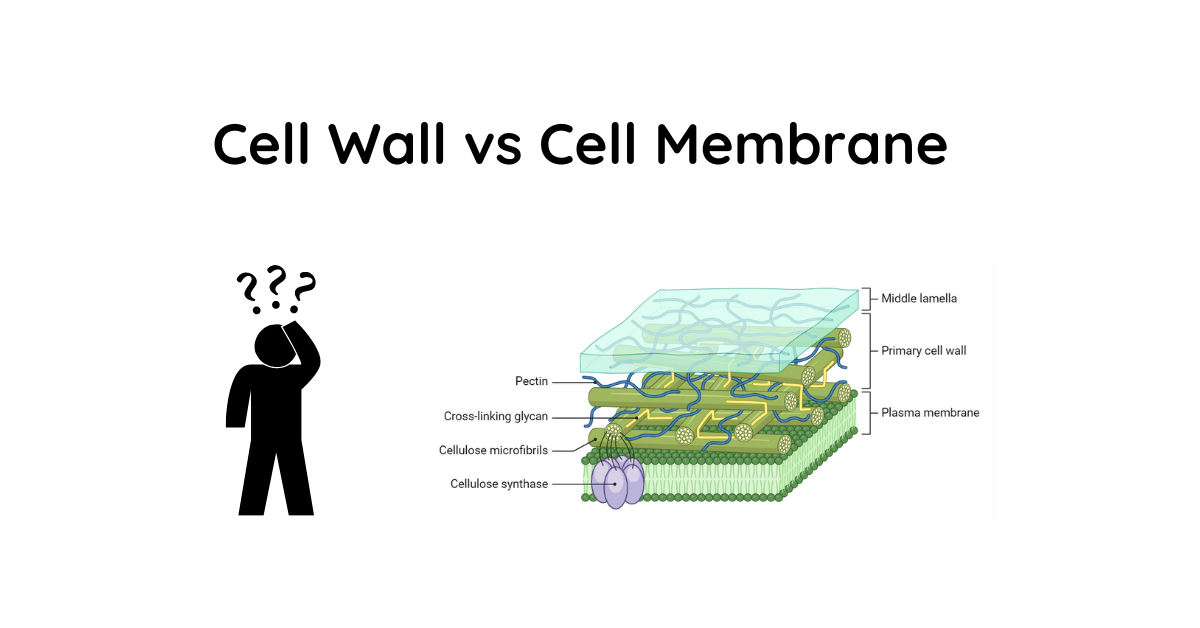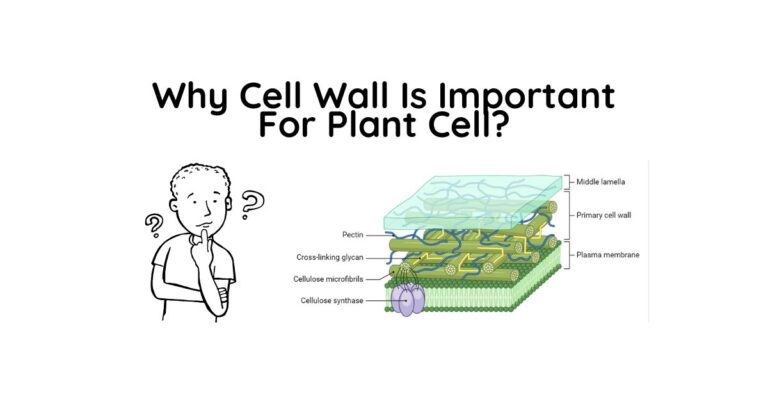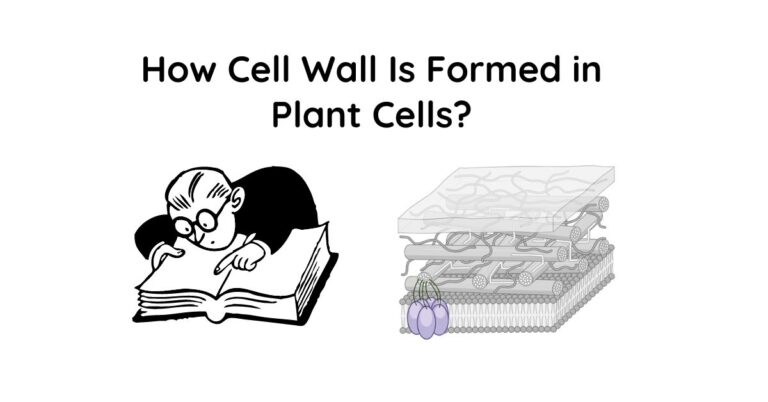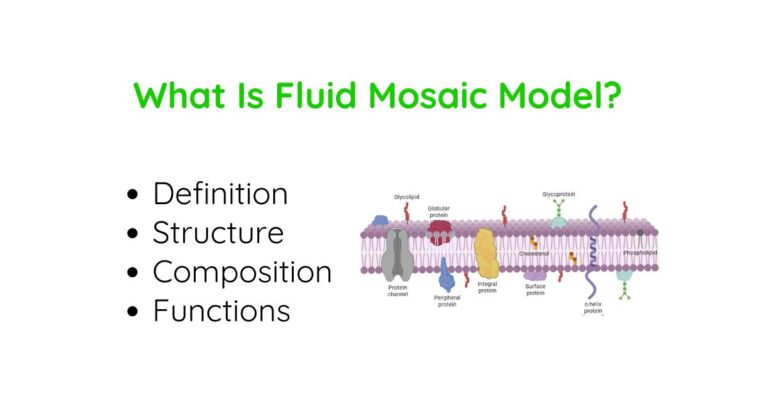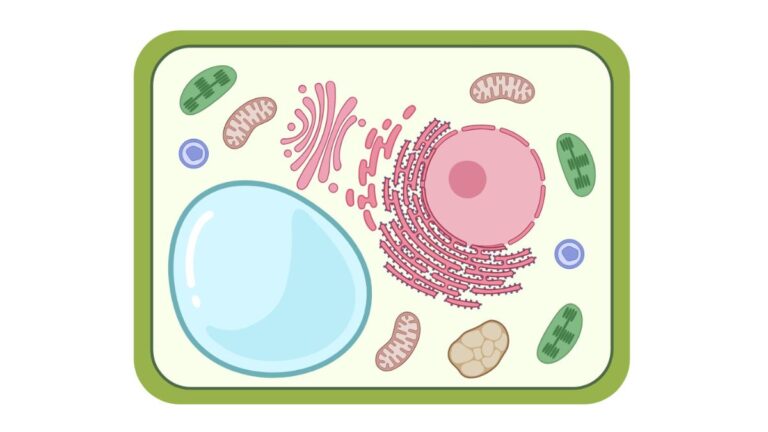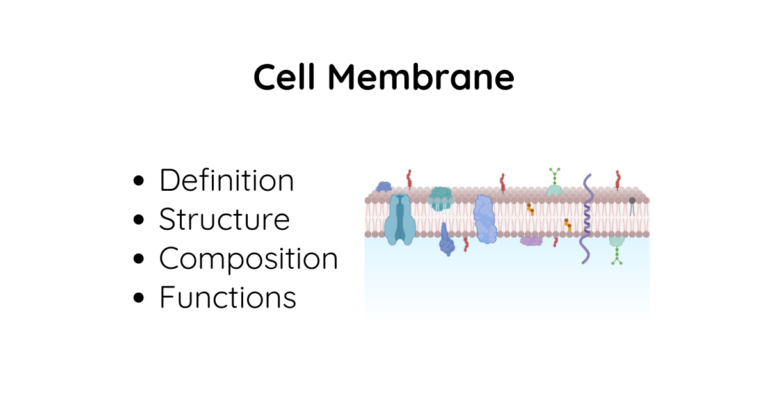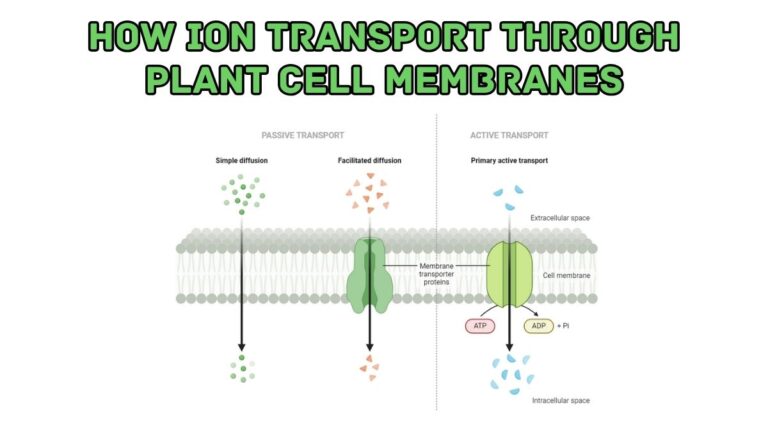Difference Between Cell Wall And Cell Membrane
The cell wall is a rigid, non-living structure composed of cellulose, hemicellulose, pectin, and lignin, providing structural support and protection to plant cells, fungi, and some prokaryotes. In contrast, the cell membrane is a fluid, selectively permeable phospholipid bilayer present in all living cells, regulating the movement of substances and participating in various cellular processes.
TL;DR
- Cell wall: Rigid, non-living structure in plants, fungi, and some prokaryotes; made of cellulose, hemicellulose, pectin, lignin; porous, allowing small molecules through.
- Cell membrane: Fluid, selectively permeable phospholipid bilayer in all living cells; composed of phospholipids, proteins, cholesterol; regulates substance movement.
- Cell wall provides structural support, protection, regulates growth; cell membrane facilitates transport, signaling, recognition.
- Cell wall visible under microscope, membrane not directly visible.
Comparison of Cell Wall and Cell Membrane
Structural and Functional Differences
| Property | Cell Wall | Cell Membrane |
|---|---|---|
| Composition | Primarily cellulose, hemicellulose, pectin, and lignin | Phospholipid bilayer with embedded proteins and cholesterol |
| Presence | Plant cells, fungi, some prokaryotes | All living cells (prokaryotic and eukaryotic) |
| Rigidity | Rigid and non-living | Fluid and dynamic |
| Structural role | Provides structural support and shape | Maintains cell integrity and shape |
| Permeability | Porous, allowing passage of small molecules and ions | Selectively permeable, regulating the movement of substances |
| Visibility | Generally visible under a light microscope | Not directly visible under a light microscope |
| Functions | Structural support, protection, regulation of cell growth, adhesion | Selective permeability, transport, cell signaling, enzyme activity, cell recognition, and adhesion |
Cell vs Membrane: Permeability
The cell wall and cell membrane differ significantly in their permeability properties:
- Cell wall: Porous, allowing the passage of small molecules and ions, but not larger molecules or particles.
- Cell membrane: Selectively permeable, regulating the movement of specific substances in and out of the cell through various transport mechanisms (e.g., diffusion, facilitated diffusion, active transport).
Role In Protecting The Cell and Maintaining The Internal Environment
Both the cell wall and cell membrane play crucial roles in protecting the cell and maintaining its internal environment:
- Cell wall: Provides structural support and protection against mechanical stress, pathogens, and environmental factors.
- Cell membrane: Maintains the integrity of the cell, regulates the movement of substances, and participates in various cellular processes
Cell Wall
What Is Cell Wall?
The cell wall is a rigid, non-living structure found in plant cells, fungi, and some prokaryotic organisms like bacteria. Its primary function is to provide structural support, protection, and shape to the cell.
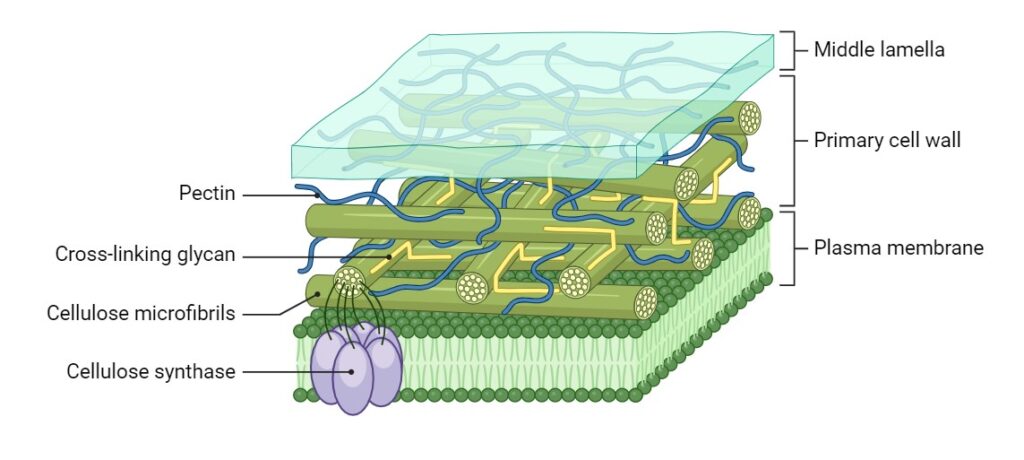
Composition Of Cell Wall
The cell wall is primarily composed of the following components:
- Cellulose: A complex carbohydrate that forms long, fibrous strands, providing tensile strength to the cell wall.
- Hemicellulose: A group of polysaccharides that bind to cellulose fibers, contributing to the cell wall’s overall strength.
- Pectin: A complex polysaccharide that acts as a cementing material, holding the cellulose fibers together.
- Lignin (in some plant cells): A complex polymer that adds rigidity and water-resistance to the cell wall.
Functions Of Cell Wall
The reasons why the cell wall is important is describing below:
- Structural support: The cell wall provides structural rigidity and shape to the cell, preventing it from bursting due to internal pressure.
- Protection: The cell wall acts as a barrier, protecting the cell from mechanical damage, pathogens, and adverse environmental conditions.
- Regulation of cell growth: The cell wall plays a crucial role in regulating cell growth and differentiation by controlling the expansion and division of cells.
- Adhesion: The cell wall facilitates adhesion between cells, contributing to the overall structure and integrity of plant tissues.
Cell Membrane
What Is Cell Membrane?
The cell membrane, also known as the plasma membrane, is a selectively permeable barrier that separates the cell from its external environment. It is found in all types of cells, including plant, animal, and prokaryotic cells.
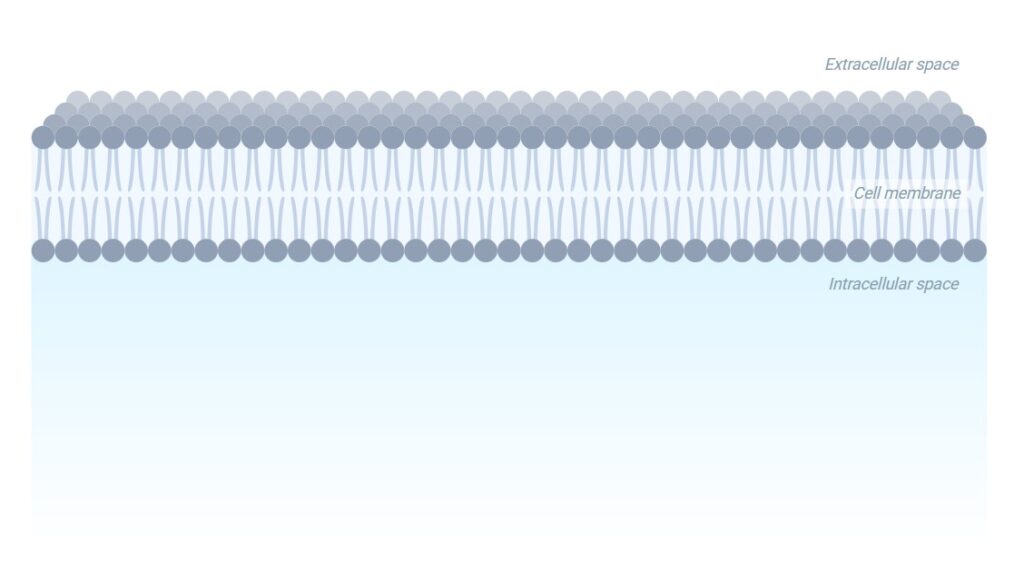
Composition of Cell Membrane
The cell membrane is a phospholipid bilayer composed of the following components:
- Phospholipids: The primary components of the membrane, consisting of a hydrophilic head and two hydrophobic tails.
- Proteins: Embedded within the phospholipid bilayer, these proteins perform various functions, such as transport, signaling, and enzymatic activities.
- Cholesterol (in animal cells): A lipid molecule that modulates the fluidity and permeability of the membrane.
- Carbohydrates: Attached to some membrane proteins, these molecules play roles in cell recognition and adhesion.
Functions of Cell Membrane
The primary functions of the cell membrane include:
- Selective permeability: The cell membrane acts as a selectively permeable barrier, allowing the passage of specific molecules while restricting the entry or exit of others, maintaining the cell’s internal environment.
- Transport: The cell membrane facilitates the movement of substances in and out of the cell through various transport mechanisms, such as diffusion, osmosis, and active transport.
- Cell signaling: Receptors and proteins embedded in the cell membrane facilitate communication between cells and their environment, enabling the reception and transmission of signals.
- Enzyme activity: Some enzymes are associated with the cell membrane, catalyzing essential biochemical reactions.
- Cell recognition and adhesion: Carbohydrate molecules and proteins on the cell membrane surface play roles in cell recognition, adhesion, and interaction with other cells or molecules.

